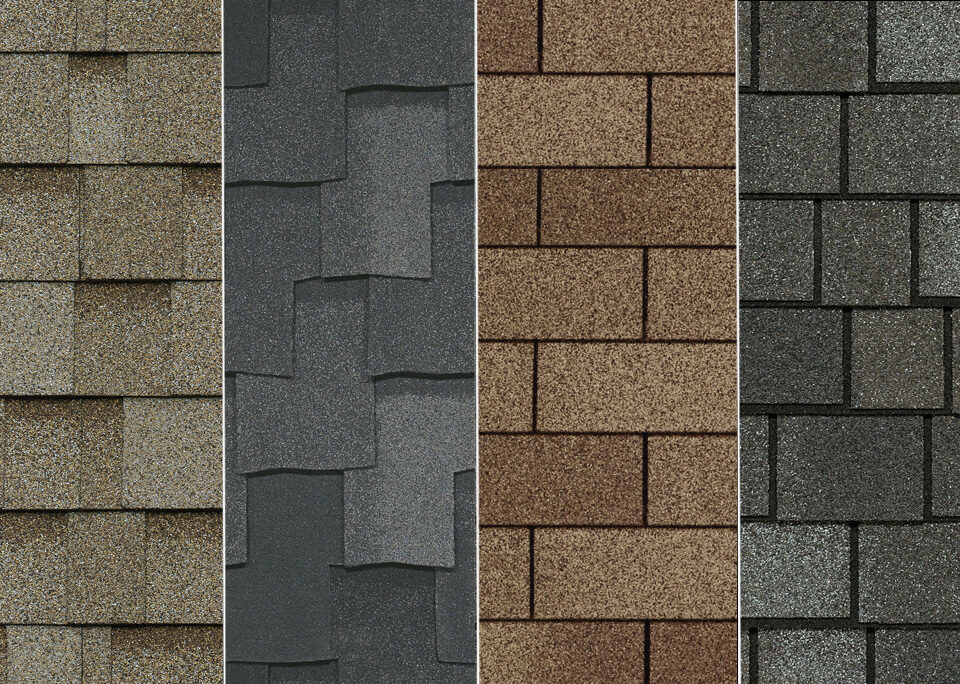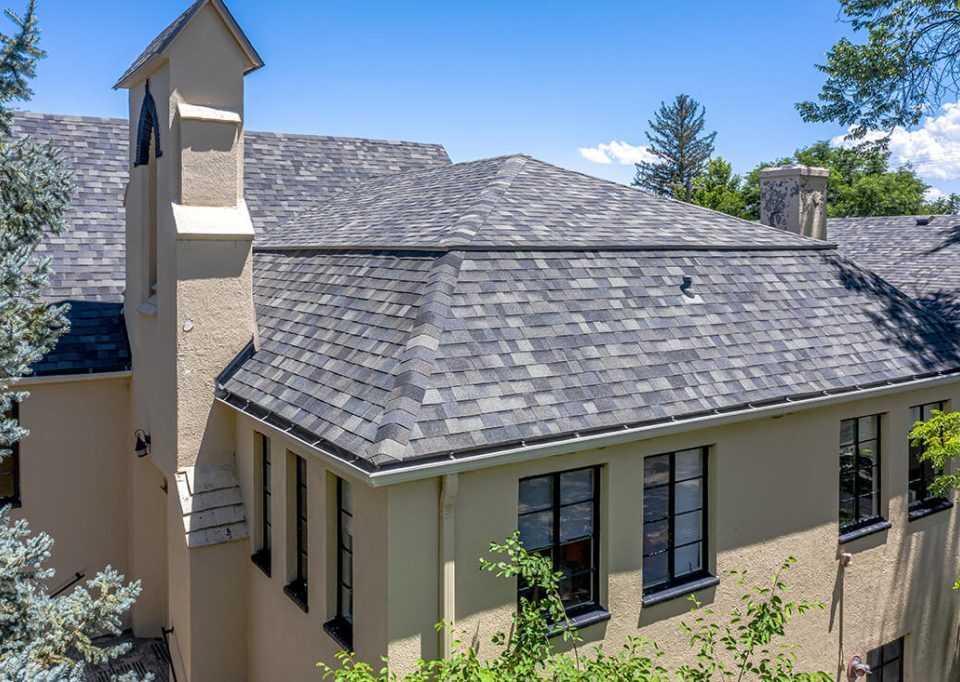
How Solar-Reflective Asphalt Shingles Can Reduce Energy Bills
October 2, 2025
Specialty Hip and Ridge Cap Shingles for Enhanced Home Design
October 2, 2025For over a century, asphalt shingles have been the go-to roofing material for homeowners in the United States and beyond. They are affordable, versatile, and effective at protecting homes from harsh weather conditions. Yet the shingles we see today look and perform very differently from those used in the early 1900s.
The story of asphalt shingle manufacturing is one of innovation, adaptation, and sustainability. From organic mats in the early days to the fiberglass revolution and now to recycled, eco-friendly materials, the roofing industry has continuously evolved to meet demands for durability, affordability, and environmental responsibility.
Early Beginnings: Organic Asphalt Shingles
When asphalt shingles were first introduced around 1903, they were made from organic materials such as felt, cellulose, or wood pulp. These mats were saturated in asphalt to make them waterproof, then coated with mineral granules for durability and appearance.
Advantages of Organic Shingles
-
Easy to mass-produce and install
-
Affordable for the growing middle class
-
Better protection than wood shakes, which were common at the time
Drawbacks
-
Prone to curling, cracking, and absorbing water
-
Heavy, putting stress on roof structures
-
Short lifespan compared to modern shingles
By the 1960s and 70s, manufacturers and homeowners alike were seeking alternatives that offered better performance and durability.
The Fiberglass Revolution
In the 1970s, the industry shifted toward fiberglass-based shingles, a major innovation that changed the roofing landscape. Instead of using a heavy paper or felt mat, manufacturers began using woven fiberglass mats coated with asphalt and topped with mineral granules.
Why Fiberglass Shingles Took Over
-
Lightweight but strong – reduced strain on roof structures
-
More fire-resistant than organic shingles
-
Longer lifespan (20–30 years depending on quality)
-
Better resistance to heat, moisture, and weather fluctuations
-
Cost-effective balance between performance and affordability
Today, fiberglass asphalt shingles are the industry standard and are used on the majority of residential homes in North America.
Modern Advancements: Recycled and Sustainable Materials
As environmental concerns grew in the late 20th and early 21st centuries, roofing manufacturers faced increasing pressure to reduce waste and improve sustainability. This led to the incorporation of recycled materials into asphalt shingles.
Common Recycled Components
-
Recycled asphalt from old shingles and roadways
-
Recycled paper or cellulose fibers in shingle mats
-
Recycled plastics and rubber for flexibility and impact resistance
Some brands now produce shingles with up to 25% recycled content, reducing landfill waste and lowering manufacturing energy use.
Energy Efficiency and “Cool Roof” Shingles
Beyond durability and recycling, manufacturers are addressing energy efficiency through solar-reflective asphalt shingles. These shingles use cool roof technology, incorporating reflective granules that:
-
Reflect more sunlight
-
Keep roof surfaces 20–30% cooler
-
Reduce air conditioning costs by 10–20% in hot climates
-
Lower the urban heat island effect in cities
ENERGY STAR®-rated shingles are now widely available, offering homeowners a way to save on energy bills while reducing environmental impact.
The Manufacturing Process: From Raw Materials to Finished Shingles
Modern asphalt shingle manufacturing follows a highly controlled process:
-
Fiberglass mat production – fine glass fibers are spun and bonded into mats.
-
Asphalt saturation – mats are coated with asphalt for waterproofing.
-
Granule application – ceramic-coated granules are embedded for durability and UV resistance.
-
Cutting and shaping – shingles are cut into strips or architectural designs.
-
Packaging – shingles are bundled and shipped for installation.
Advances in technology ensure consistent quality, fire resistance, and weather protection.
Environmental Impact and Recycling Challenges
While recycled materials are increasingly used in production, one of the biggest challenges is recycling old shingles. Each year, millions of tons of shingles are removed from roofs and often end up in landfills.
Efforts are underway to:
-
Reuse old shingles in road construction as asphalt pavement
-
Develop closed-loop recycling systems for roofing materials
-
Encourage municipalities to adopt shingle recycling programs
These initiatives could drastically reduce waste and improve the sustainability of asphalt shingles.
The Future of Asphalt Shingles
The roofing industry continues to innovate. Emerging trends include:
-
Higher recycled content to reduce environmental footprint
-
Integrated solar shingles combining energy production with durability
-
Impact-resistant shingles designed to withstand hail and severe weather
-
Self-healing materials using polymers to extend shingle lifespan
-
100% recyclable shingles, designed for true circular manufacturing
Conclusion
The evolution of asphalt shingle manufacturing reflects a balance between tradition and innovation. From organic shingles to fiberglass mats and now recycled, energy-efficient options, the industry has made remarkable progress.
Today’s homeowners benefit from shingles that are lighter, stronger, more fire-resistant, and eco-friendly—all while remaining one of the most affordable roofing materials available. As sustainability and energy efficiency continue to shape construction, asphalt shingles will remain a key player, adapting to meet the demands of the future.




